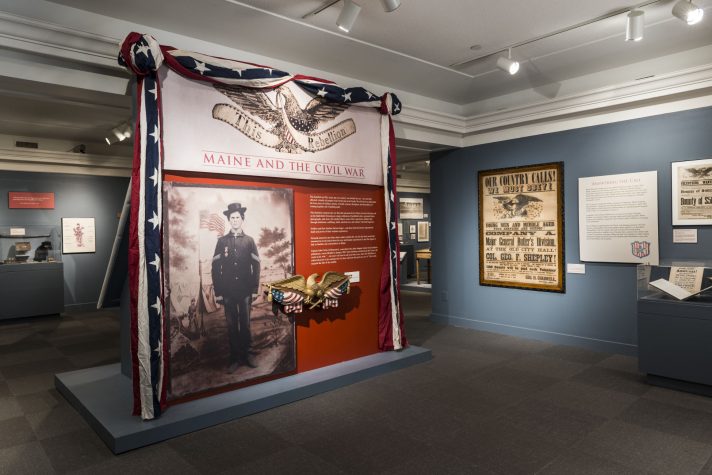MH+D Inside Out: How Prospect Design’s Brewster Buttfield Engages with Authenticity
Architecture can help us “connect to something that feels more real.” At least, that’s Brewster Buttfield’s perspective. As the owner of Prospect Design, a design firm that specializes in exhibition, commercial, and residential projects, Buttfield has directed his passion for design into developing spaces that tell an authentic story. Read on for his interview with Maine Home+Design.
Q. From your perspective, what’s the most interesting aspect of design?
A. I’m most interested in engaging with authenticity in a space. Authenticity to me means dealing with the real thing. That can mean using natural materials, making a product readily apparent to the customer in a retail space, or honoring the story of a historic structure. It’s about looking at how people use a space, and how we move through it. It can also just refer to how we want to engage with our world.
Q. How does that factor into exhibition design?
A. Ultimately we want people to engage with authentic objects in an exhibit and think, “Wow.” I recently handled a letter book that Benedict Arnold was using to write to George Washington, which Aaron Burr later donated to the Maine Historical Society. This is such an amazing piece of history—it’s the real thing. I want to present it so that viewers stop and engage with it; otherwise it’s just a dusty old book.
Q. What would authenticity mean in a commercial property?
A. For example, last year I designed the new Coffee by Design roastery on Diamond Street. I created spaces for all the production, operations, and training, as well as a retail coffee bar. The goal of the project was to make the roastery visible and connect it to the bar. We put the roastery right up front so that it’s separated from the customer only by a large glass garage door. The customer actually sees the staff roasting coffee. Even if the customers aren’t consciously thinking that they’re coffee experts, they’re hopefully getting the message.
Q. How would authenticity also extend into residential projects?
A. In a residential context, our clients are more interested now in real materials, those that aren’t manmade. Stylistically, my clients like to incorporate some wood or unfinished brass in the design of lighting fixtures. I prefer to use finishes that don’t cover up the real essence of the raw material so that it has authenticity. Authentic materials are our antidote to our virtual world. We’re trying to connect to something that feels more real.






